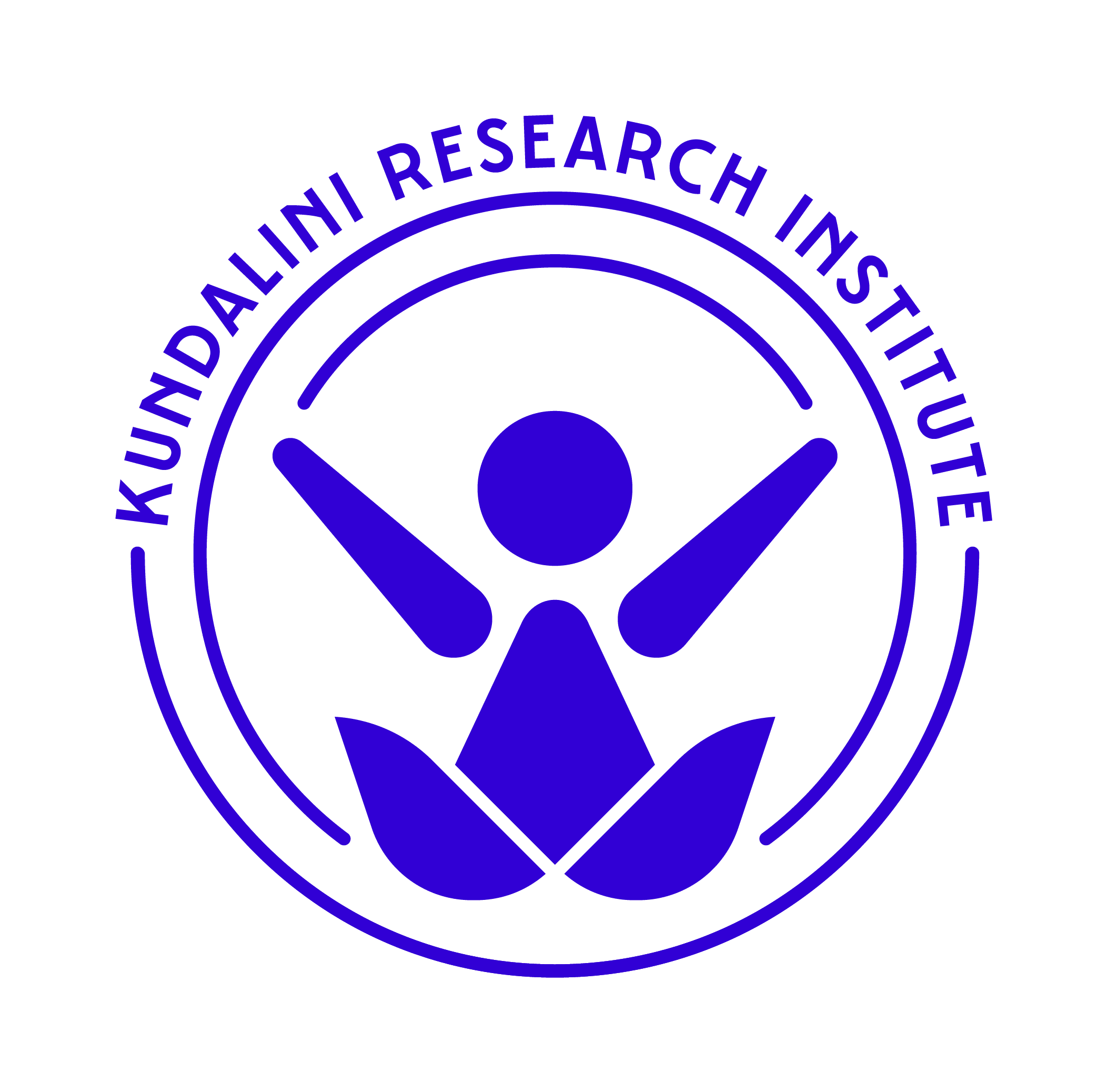by Sat Bir Singh Khalsa, Ph.D.
There is now reasonable supportive evidence for the role of yoga practices in the improvement of immune function. One clear mechanism for this efficacy has been the evolution of the new field of psychoneuroimmunology, which has provided very strong evidence for the role of one’s psychological state on the immune system. We now know that chronic stress and negative mood states such as anger, anxiety, and depression have a significant effect on compromising immune function, thereby impairing the body’s ability to resist infectious disease. Given that many research studies have shown that yoga practices are an effective stress management strategy, it is no surprise that research has also shown them to be effective in improving immune function. Another way that yoga may enhance our immune function indirectly is by enhancing mind-body awareness/mindfulness. Healthy behaviors such as getting adequate sleep, exercise, and nutrition, which are contributors to proper immune functioning, result in rewarding and positive feelings and sensations. This may also increase mindfulness of, and therefore compliance with, hygienic practices when infectious diseases are present. Whether yoga also works by some mechanism to directly stimulate or enhance immune function, aside from these indirect pathways, still remains to be determined.
Yoga intervention studies have been shown to improve immune function in healthy individuals, as well as in patients with HIV and cancer. A recent 2018 review of research on yoga for immune function in the Journal of Behavioral Medicine analyzed 15 randomized controlled triais (RCT’s) and concluded that yoga interventions have improved leveis of molecular markers of immune-related function and that “yoga practice may exert further beneficial effects by enhancing cell-mediated and mucosal immunity”. Given this positive potential, what is the likelihood that yoga practices can therefore be preventive against infectious diseases, and more specifically, of respiratory-related infectious diseases such as upper respiratory tract infections (URTis)? URTis are the leading cause of morbidity and mortality from infectious disease internationally, with the appearance of outbreaks and pandemics of coronaviruses including severe acute respiratory syndrome (SARS), Middle East respiratory syndrome (MERS), and COVID-19?
Several studies have been conducted evaluating the influence of mindfulness/meditation on URTI’s. The most notable are the Meditation or Exercise to Prevent Respiratory Infection (MEPARI) triais, at the University of Wisconsin under principie investigator Bruce Barrett. These triais were conducted from 2012 through 2017 and funded by the National Center for Complementary and lntegrative Health of the National Institutes of Health. These studies evaluated whether training in mindfulness meditation or exercise can lead to reductions in acute respiratory infections (ARI) and related markers. The 2018 MEPARI study paper in the journal PLOS One revealed that subjects participating in the Mindfulness Based Stress Reduction (MBSR) program and those in an exercise group, had fewer episodes of ARI’s, illness days, and missed-work days than a control group. Secondary outcomes showed statistically significant improvements in general mental health, self-efficacy, mindful attention, sleep quality, perceived stress, and depressive symptoms in the MBSR exercise groups compared to the control group. The paper concluded simply that, “Training in mindfulness meditation or exercise may help protect against ARI illness.”
There is much less evidence for a possible effect of yoga practices on improving immune function relevant to the respiratory tract. Two small single-group Japanese research triais were led by researchers at Waseda University. A 2013 publication reported on salivary measures of the immune peptide human beta-defensin 2 (HBD-2) taken before and after a 90-minute yoga session. They found significantly higher concentrations and expression rates of HBD-2 after the yoga intervention, and there were no changes found before and after a simple non-yoga 90-minute rest period the day before. This antimicrobial peptide is one of the defensins group of peptides that are expressed in human epithelial cells of the oral cavity and respiratory tracts and lungs and provides a biochemical barrier exhibiting anti-pathogenic activity. Specifically, it exhibits antivirai activity against some respiratory infections/viruses including influenza and rhinovirus. ln a recent 2018 publication, they reported on a similar study protocol in elderly women and found that the concentration and expression of another immune molecule, Secretory Immunoglobulin A (SigA), was also increased. This is an antibody that plays a crucial role in the immune function of mucous membranes and is the main immunoglobulin found in mucous secretions in many locations, including saliva and secretions from the respiratory airway. lt is believed to be centrally involved in defense against virulent pathogens and micro-organisms introduced via the nasal passages and to play a key role in the elaboration of the immunological response at the levei of the upper respiratory airway, challenging allergens or pathogenic micro-organisms. These two studies also showed reductions in markers of negative mood state and stress, and overall, these results are consistent with other evidence that stress management interventions improve immune function and can reduce the incidence of URTI’s.
A well-known ancient ancillary yoga practice called Jala Neti Kriya is practiced regularly by many regular yoga practitioners. Referred to in the medical literature as nasal saline irrigation (NSI), it involves flushing of the nasal passages with a saltwater solution commonly using a Neti pot. It has been recognized within Western medicine since the late 1800’s as an effective therapy for the treatment of nasal and sinus congestion due to allergens or URTI’s. A 1902 paper in the journal Lancet described severa} indications, solutions, and administration devices. NSI is now commonly prescribed in everyday clinicai practice as a URTI treatment and it is supported by a substantial and growing body of research evidence. It is hypothesized to function by thinning mucous, improving mucociliary clearance, decreasing edema, and reducing antigens in the nasal and sinus cavities and thereby enhancing the nasal mucosa’s ability to resist the effects of infectious agents, inflammatory mediators, and irritants.
There is some preliminary research on the preventive effects of SNI for nasal and sinus congestion and even URTI’s. A Swedish single group study in young adult military trainees using a nasal saline spray (that could be considered as a mild substitute for SNI) for 10 weeks found that the frequency of URTI’s was significantly reduced. An Australian study employed full Jala Neti treatment in a group of woodworkers to address the negative impact of wood dust on their nasal passages. As hypothesized, over the 2-month treatment period in that study the participants reported significantly decreased nasal symptoms. However, participants who continued regular Jala Neti after 1 year also reported a statistically significant reduction in the incidence of both sore throat and the frequency of colds. Similarly, in a study in the Czech Republic of a SNI treatment for cold or influenza symptoms in 401 children, those who were randomly assigned to SNI treatment showed improvement in nasal and sinus symptoms. Furthermore, they also evaluated the preventive effect of daily SNI over an additional 9 weeks by monitoring the respiratory status and incidence of subsequent URTI’s in addition to other related metrics. The SNl-treated children required fewer sinus medications, but also reported significantly fewer illness days, school absences, and complications than did controls not practicing SNI. These studies suggest that SNI may well have some potential in preventing URTI’s.
The improvements in mind-body awareness/mindfulness, that is a positive outcome of meditation and contemplative mind-body practices such as yoga, may have a significant indirect effect on the occurrence of infectious diseases such as URTI’s. Healthcare professionals are intensively trained in important infection control procedures, which include the use of personal protective equipment such as gloves and masks as well as proper and frequent hand-washing hygiene. The latter is also an important practice in the general population to prevent the spread of respiratory diseases, especially in the presence of infected individuais and during any widespread outbreak of influenza or respiratory disease. University of Michigan researchers conducted an RCT of a mindfulness intervention for attending physicians, residents, interns, and medical students focused on the application of mindfulness with respect to hand-washing hygiene. All four groups showed statistically significant improvements in hand hygiene with residents who received the intervention showing the greatest absolute improvement in hand hygiene practice (24.7%) increase, whereas residents in the control group saw no improvement in adherence (0.2%). lt is therefore plausible that an overall increase in mind-body awareness from a regular yoga or meditation practice could contribute to a reduction in the risk of developing URTI’s.
Taken together, the research on the potential efficacy of contemplative mind-body interventions on the prevention of URTI’s is encouraging. One key mechanism appears to work indirectly, via enhancement of immune function by removing the inhibitory effect of mood impairment and stress on the immune system. Whether yoga and meditation practices have a direct molecular effect in enhancing immune molecular mechanisms remains to be determined. Clearly, enhancing hygienic preventive behaviors such as hand-washing is a valuable indirect strategy, whereas the application of Jala Neti could be considered to be a direct-acting preventive behavioral strategy for URTI’s. Certainly, as with all yoga research, more research is needed, such as studies that might provide information on the prevalence of URTI’s in populations with long-term regular contemplative mind-body practices and prospective RCT’s with both healthy individuals and more susceptible populations such as the elderly.
Sat Bir Singh Khalsa, Ph.D. is the KRI Director of Research, Research Director for the Kripalu Center for Yoga & Health, and Assistant Professor of Medicine at Harvard Medical School. He has practiced a Kundalini Yoga lifestyle since 1973 and is a KRI certified Kundalini Yoga instructor. He has conducted research on yoga for insomnia, stress, anxiety disorders, and yoga in public schools. He is editor in chief of the International Journal of Yoga Therapy and The Principles and Practice of Yoga in Health Care and author of the Harvard Medical School ebook Your Brain on Yoga.
Teacher

KRI is a non-profit organization that holds the teachings of Yogi Bhajan and provides accessible and relevant resources to teachers and students of Kundalini Yoga.


 Français
Français Deutsch
Deutsch Italiano
Italiano Português
Português Español
Español 简体中文
简体中文
More Related Blogs